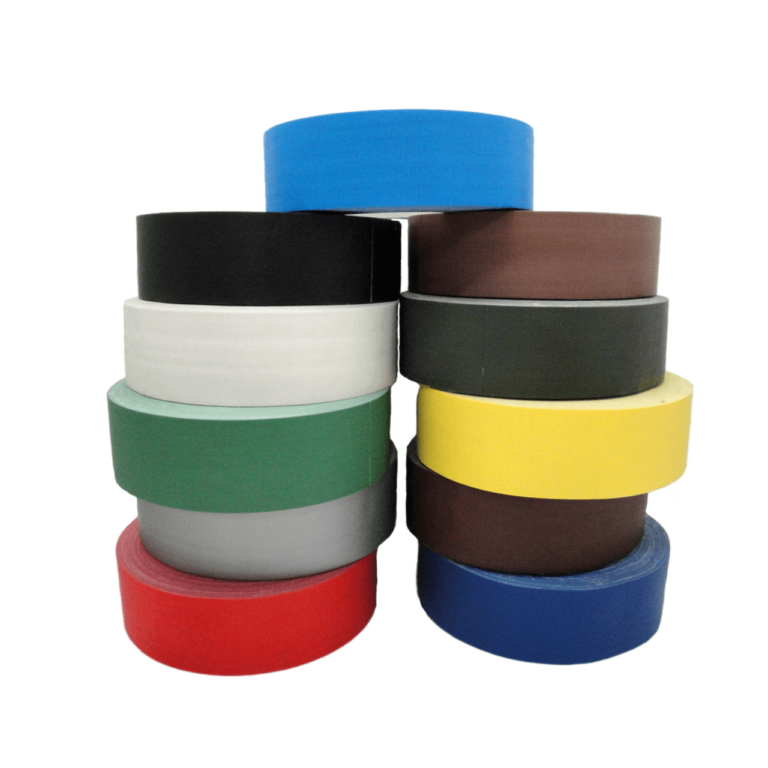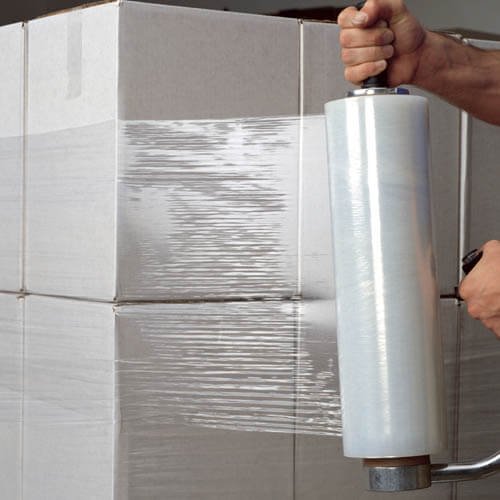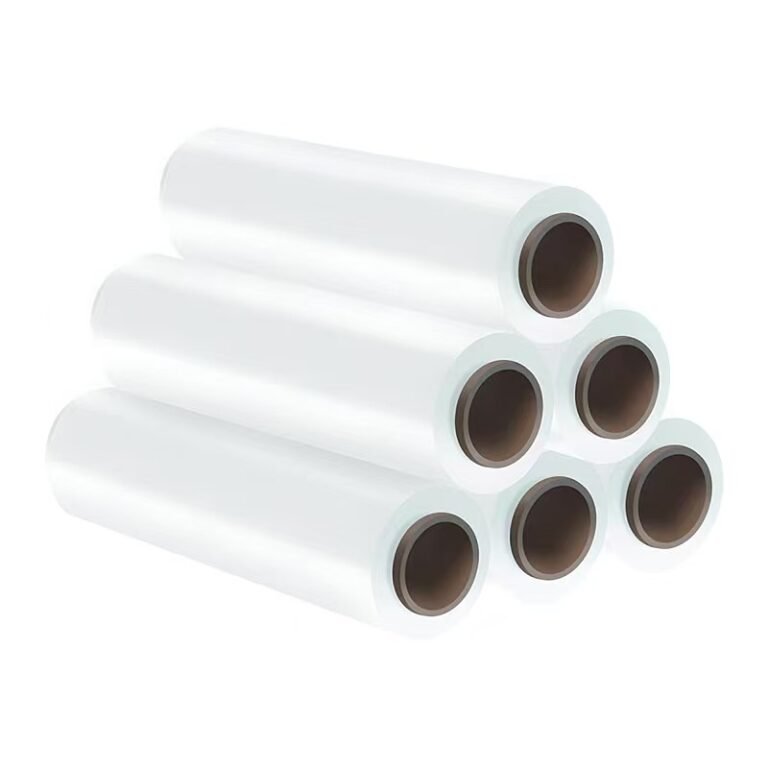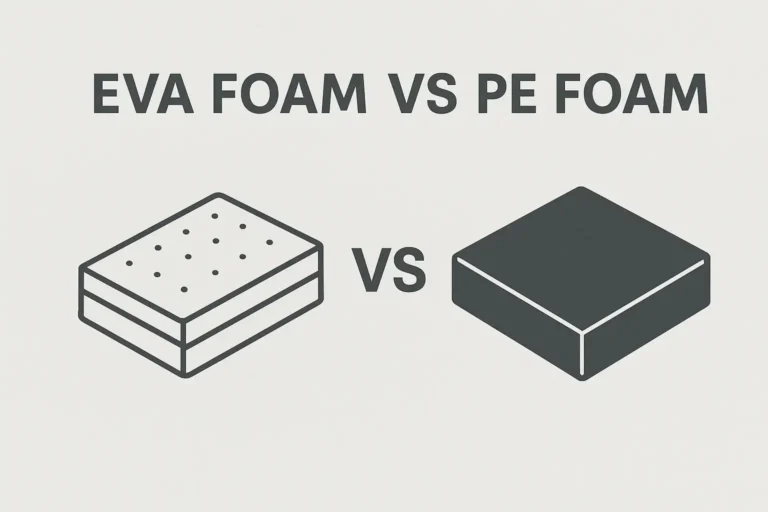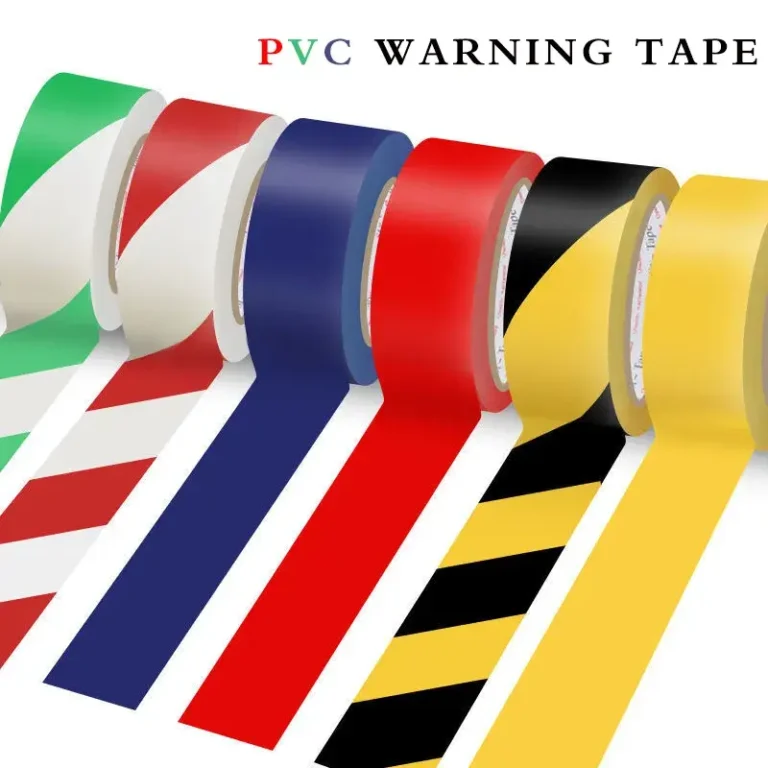Duct Tape Selection Guide: Types, Grades & Best Uses for Every Project
Duct tape is a versatile tool, but selecting the right type requires understanding its components, grades, and performance factors. Originally designed for HVAC ducts, modern duct tape—particularly cloth-based variants—serves countless applications, from home repairs to crafting. Here’s a guide to navigating options and making an informed choice.
Core Components of Duct Tape
Duct tape typically features a three-layer structure:
- Top Layer: Polyethylene (PE) plastic for water resistance and durability.
- Middle Layer: Cotton fabric mesh, providing tensile strength and flexibility.
- Bottom Layer: Adhesive (rubber-based or polymer-based) for bonding.
This construction makes it flexible, strong, and often waterproof, with variations in each layer dictating performance for specific tasks.
Grades of Duct Tape
Duct tape is categorized by grade, each suited to different needs:
- Military Grade: Extremely durable, designed for heavy-duty repairs in harsh environments (e.g., outdoor gear, emergency fixes).
- Industrial Grade: High tensile strength and chemical resistance, ideal for machinery, automotive, or construction.
- Premium Grade: Balances strength and versatility for home use, DIY projects, and moderate industrial tasks.
- Commercial Grade: Light-duty, affordable option for basic household repairs, crafting, or temporary fixes.
Key Factors to Consider
When selecting duct tape, prioritize these four critical properties:
- Adhesive Strength
- Rubber-Based Adhesives: Offer aggressive bonding, ideal for rough surfaces (e.g., metal, concrete) or permanent repairs. Resistant to moisture and temperature changes but may leave residue if removed improperly.
- Polymer-Based Adhesives: Gentler, easier to remove, and suitable for delicate surfaces (e.g., plastic, painted walls) or temporary applications like crafting. Less durable in extreme conditions.
- Tensile Strength (Cloth Layer)
- Thread Count: Higher thread counts (denser mesh) mean greater strength and load-bearing capacity. Industrial/military tapes often have 180+ threads per inch, while commercial tapes may have 90–120.
- Stretchability: A balance between flexibility and strength. High-tensile tapes stretch slightly without tearing, making them ideal for wrapping pipes or securing heavy objects.
- Water and Temperature Resistance
- Waterproof Ratings: Look for tapes labeled “all-weather” or “waterproof” for outdoor use (e.g., sealing leaks, tent repairs).
- Temperature Range:Standard Tapes: Perform well between -10°C and 60°C.
- High-Temperature Tapes: Withstand up to 120°C (e.g., HVAC ducts, engine repairs).
- Thickness and Ease of Use
- Thickness: Measured in mils (1 mil = 0.0254 mm). Thicker tapes (3–5 mils) are more durable but harder to tear by hand; thinner tapes (1–2 mils) are flexible and ideal for crafting.
- Hand-Tearability: Commercial and craft tapes are often designed for easy 手撕 (hand-tearing), while industrial tapes may require scissors or a knife.
Matching Tape to Your Project
| Application | Recommended Tape Type | Key Features |
| Home Repairs (Pipes, Gutters) | Industrial or Premium Grade, Rubber-Based Adhesive | High tensile strength, waterproof, resistant to UV and temperature fluctuations. |
| Crafts, DIY, or Decor | Commercial Grade, Polymer-Based Adhesive | Low residue, easy to tear and reposition, available in colors/patterns. |
| Outdoor/Emergency Fixes | Military Grade, Heavy-Duty Cloth Tape | Extreme durability, all-weather resistance, suitable for rough surfaces. |
| Delicate Surfaces (Plastic, Paint) | Low-Tack Polymer Tape | Gentle adhesion, residue-free removal, ideal for temporary bonding. |
| HVAC Duct Sealing | HVAC-Specific Aluminum Foil Tape | High-temperature resistance (up to 120°C), metal-to-metal bonding. |
Top Picks and Brands
- Gorilla Duct Tape: Industrial-grade, rubber-based adhesive, 3.7 mil thickness, ideal for heavy-duty repairs.
- Scotch Extreme Heavy Duty Tape: All-weather, high tensile strength, suitable for outdoor use.
- Duck Brand Multi-Use Tape: Commercial-grade, easy to tear, available in decorative designs for crafting.
- 3M VHB (Very High Bond) Tape: Double-sided, acrylic adhesive, the for permanent bonding of smooth surfaces.
Tips for Optimal Performance
- Test Adhesion: Always test tape on a small area before full application, especially on sensitive surfaces.
- Store Properly: Keep tapes in cool, dry places to prevent adhesive degradation.
- Disposal: Most duct tapes are non-recyclable due to mixed materials; avoid incineration and dispose of in landfills.
Conclusion
The best duct tape for your project depends on the task’s demands: strength, environment, and surface type. For permanent, heavy-duty repairs, prioritize rubber-based, high-tensile tapes. For temporary or creative work, opt for polymer-based, flexible options. By matching the tape’s properties to your needs, you’ll ensure effective, long-lasting results—whether fixing a leaky pipe or adding a decorative touch to a craft project.


